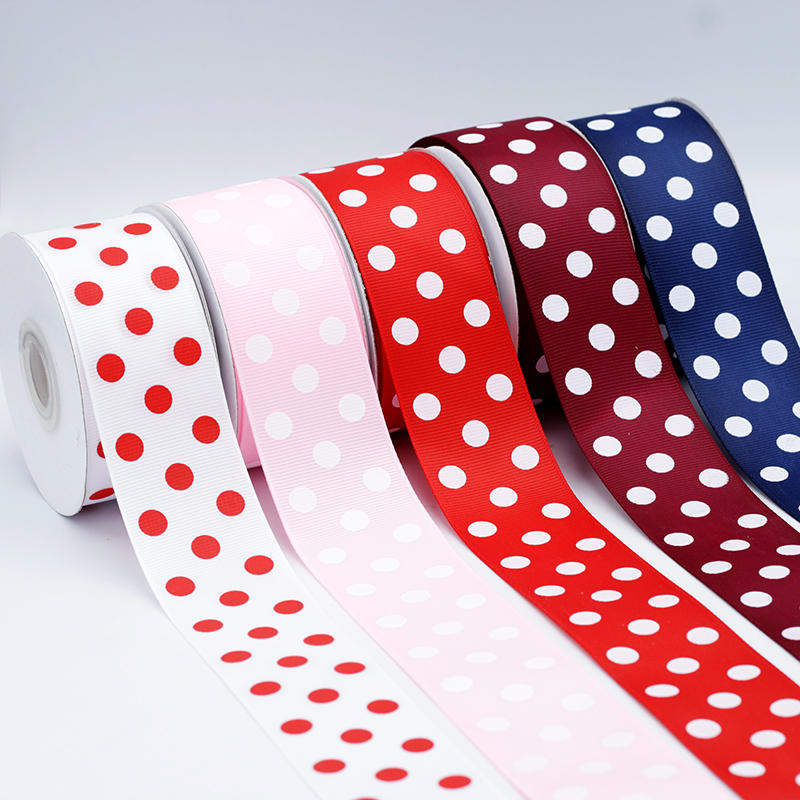Behind every visually stunning printed ribbon lies a combination of science and art. The choice of materials and printing techniques plays a pivotal role in ensuring the durability, vibrancy, and overall appeal of the final product. In this blog, we delve into the science behind high-quality printed ribbons.
Materials Matter: The foundation of a great printed ribbon is the material it’s made of. Satin, grosgrain, and organza are popular choices due to their smooth textures and excellent printability. These materials hold ink well, resulting in sharp and vivid designs.
Printing Techniques: Two primary printing techniques are commonly used for ribbons: screen printing and hot stamping. Screen printing offers precise and detailed designs with multiple colors, while hot stamping adds metallic or holographic effects for an eye-catching finish.
Color Consistency: Achieving color consistency is crucial for branding. Pantone Matching System (PMS) colors ensure that your logo’s colors are accurately replicated on the ribbon. This consistency across materials reinforces brand recognition.
Durability and Handling: Ribbons are often tied, twisted, and handled, making durability essential. High-quality printing techniques and materials prevent ink from fading, smudging, or transferring onto other surfaces.
Environmental Considerations: As sustainability gains importance, choosing eco-friendly materials and printing methods becomes vital. Look for ribbons made from natural or recycled fibers and inks that are environmentally friendly.
Innovation and Customization: Advancements in printing technology allow for intricate designs, gradients, and even photographic prints on ribbons. This level of customization ensures that your printed ribbons are unique and reflective of your brand.
In Conclusion: The science of printed ribbons goes beyond aesthetics. By understanding materials, printing techniques, and their impact on durability and branding, you can ensure that your ribbons convey the right message and withstand the test of time.

























